Overview
Map
Other Details
كنيسة سيّدة النجاة
1855
Bkassine
Jezzine
South
كنيسة سيّدة النجاة - بكاسينبُنيت الكنيسة سنة ١٨٥٥، بعقدٍ مصالب. تعرّضت للتخريب إبّان حوادث سنة ١٨٦٠، ورمّمت أواخر القرن العشرين. تحوي الكنيسة على لوحة سيّدة الحبل بلا دنس وهي من عمل غربيّ، كذلك لوحة مار يوسف ومجموعة زجاجيّات.The church of Our Lady of Deliverance - BkassineThe church was built in 1855, and consists of a single arched vault. The building was sabotaged during the war of 1860 and finally restored in the late XXth century. The church holds a European late XIXth century painting depicting the Immaculate conception. The modern painting of St Joseph and the stained glass windows are the work of the artist André Nammour.
Visited 2142 times, 6 Visits today



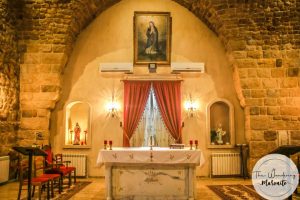
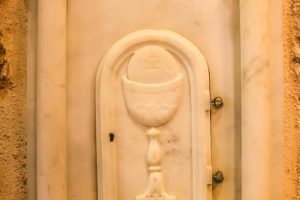
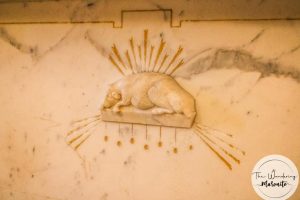
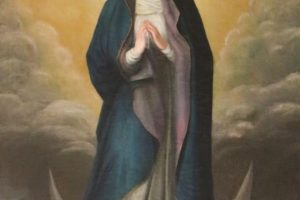




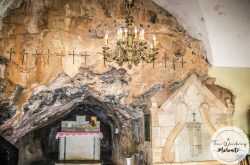
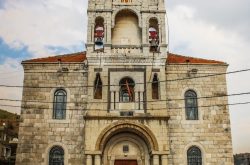
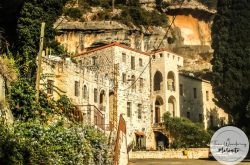
Reviews are disabled, but trackbacks and pingbacks are open.